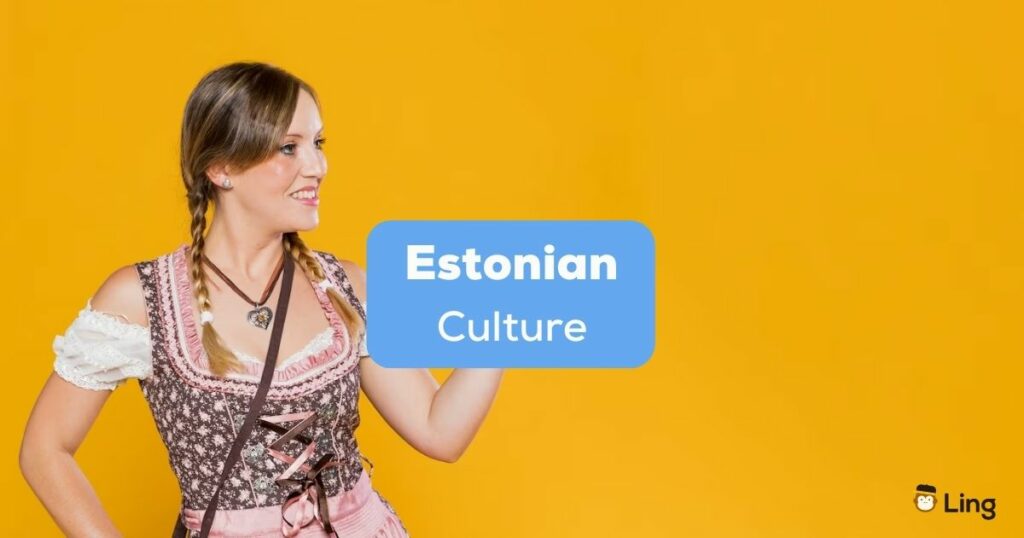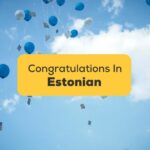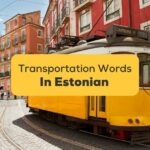The Estonian culture is more than just a blend of traditions. It’s a living story you can be part of, especially if you’re learning the language.
You see, understanding the culture isn’t just about reading facts. It’s about feeling the rhythm of folk songs, tasting the traditional dishes, and connecting with the people.
So, why not take a journey with me? We’ll explore the Estonian language, dive into arts and literature, celebrate holidays, and even get a taste of the local cuisine.
Whether you’re a language learner or just curious about Estonia, this guide is your friendly companion. Let’s get started, shall we?
The Richness Of The Estonian Language
Estonian is a language that resonates with the soul of a nation. Rich, unique, and filled with history, it’s more than just words and grammar. It’s a living part of Estonian culture. But what makes a language so special?
Historical Development
The Estonian language has a captivating history. It’s part of the Finno-Ugric family, meaning it shares roots with Finnish and Hungarian.
The first Estonian book, a Lutheran Catechism translated by Johann Koell in 1535, marked the beginning of written Estonian.
But the language truly became a symbol of national identity during the 19th-century national awakening. This was a cultural movement where words like “keel” (language) and “kultuur” (culture) became central to Estonian identity.
Cultural Celebrations And Language
In Estonia, the language comes alive through cultural celebrations. The “laulupidu” (song festival) is a cherished tradition.
Here, communities gather to sing traditional songs called “rahvalaulud.” It’s a way to preserve ancient melodies and unite people.
“Vabariigi aastapäev” (Independence Day) is another significant celebration. During this event, the Estonian language resonates in speeches and toasts, reflecting the nation’s pride and freedom.
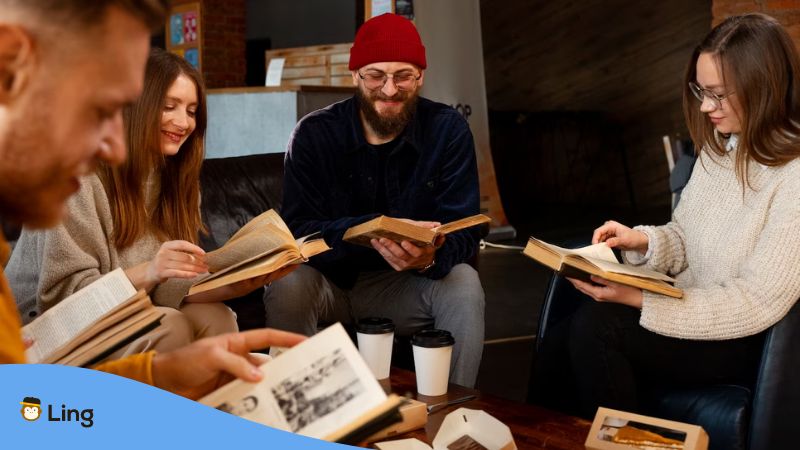
Traditional Arts And Literature
Estonia’s traditional arts and literature are a vibrant expression of its national culture. They weave stories, emotions, and values into a colorful tapestry. But how do they capture the essence of Estonia?
Folk Songs And Dance
Estonian folk songs, known as “rahvalaulud,” are a window into the nation’s soul. They tell stories of love, nature, battles, and daily life, preserving history through melody.
Traditional dances like “polka” and “valss” (waltz) are performed at festivals and gatherings, adding movement to the melody. Together, the folk song and dance create a vibrant cultural experience that’s uniquely Estonian.
Estonian Literature And National Awakening
Literature in Estonia played a vital role in the nation’s awakening. Writers like Lydia Koidula and Anton Hansen Tammsaare penned works that ignited a sense of pride and identity.
Koidula’s poetry and Tammsaare’s novel “Tõde ja õigus” (Truth and Justice) are considered national treasures. They helped preserve the Estonian language and inspired generations to value their cultural heritage.
Cultural Celebrations And Holidays
As we continue, let’s explore the vibrant world of Estonian cultural celebrations and holidays. These special occasions are more than just dates on a calendar. No, they’re the nation’s heartbeat, reflecting its history, values, and community spirit.
Independence Day And National Pride
“Vabariigi aastapäev,” also known as Independence Day, is a significant celebration held on February 24th in Estonia. It marks the declaration of independence from Soviet Russia in 1918.
But what does it mean to the people of Estonia?
It’s a day of national pride, filled with parades, speeches, and the singing of the national anthem. It’s a moment to reflect on freedom, sovereignty, and the journey of a nation.
Dance Festivals And Community Gatherings
Did you know that Estonians love to dance? Yes, and it shows in the numerous dance festivals and community gatherings.
Ever heard of the “Tantsupidu” (Dance Festival)? It’s a grand event where thousands of dancers perform traditional dances, wearing colorful folk costumes.
It’s not just a performance. It’s a celebration of unity, heritage, and the joy of movement. Community gatherings, too, are filled with dance, music, and laughter, strengthening bonds and keeping Estonian culture and traditions alive.
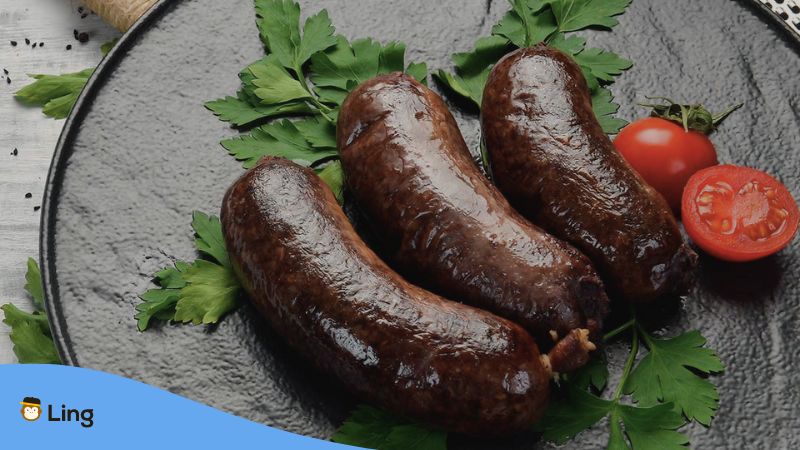
Estonian Cuisine And Food Traditions
Now, let’s take a delightful turn into Estonian cuisine and food traditions. The Estonian food is more than sustenance in Estonia. It’s a way to connect with the land, the seasons, and each other.
Traditional Dishes And Ingredients
Estonian traditional dishes are a flavorful blend of simplicity and heartiness. “Sült” (jellied meat) and “verivorst” (blood sausage) are popular during Christmas.
Then there’s “kama” (a mixture of roasted barley, rye, oat, and pea flour), one of the unique Estonian treats. These dishes are often made with locally sourced ingredients, reflecting a connection to the land and the changing seasons.
Modern Influences And Dining Etiquette
Modern Estonian cuisine is an exciting fusion of traditional flavors and contemporary creativity. International influences blend with local ingredients, creating a culinary experience that’s both familiar and new.
And when it comes to dining etiquette? Expect warm hospitality, shared meals, and a genuine appreciation for good food and company.
Modern Estonia And European Integration
In modern times, Estonia (“Eesti”) has become a dynamic nation. It embraces European integration while preserving its unique traditions and identity.
Influence Of The European Union
Joining the European Union (“Euroopa Liit”) in 2004 marked a significant step in Estonia’s history. This membership has impacted everything from the economy to legislation. Here’s how it changed the country:
- Economy: More trade and investment led to growth.
- Laws: Estonia adopted EU standards, improving things like consumer protection.
- Innovation: Joining the EU helped Estonia in research and technology.
- Travel: Estonians can now travel, work, and study freely in the EU.
- Culture: Estonia kept its unique culture, even with EU integration.
- Politics: The country aligned with EU values like democracy.
- Security: Cooperation with the EU helped Estonia’s defense.
Balancing Tradition And Modernity
Balancing tradition (“traditsioon”) and modernity is an art form in Estonia. The country has embraced technological advancements, becoming a global leader in digital innovation.
E-residency, digital governance, and a thriving tech industry are hallmarks of modern Estonia. Yet, traditional Estonian arts, language (“keel”), and cultural celebrations remain vibrant.
Learn The Estonian Culture With Ling!
We’ve taken a great trip through Estonian culture, haven’t we? From the language to the dances, food, and modern life, there’s so much to explore. But guess what? You can keep learning and having fun with the Ling app.
The Ling app can help you learn over 60 languages, including Estonian. It’s easy to use and feels like having a friend teach you.
Want to say “hello” in Estonian? Want to understand a traditional song? Ling can help you with that.
Are you ready to learn more about Estonian culture and language? Download the Ling app on Google Play and App Store now. Let’s keep exploring together with Ling!
